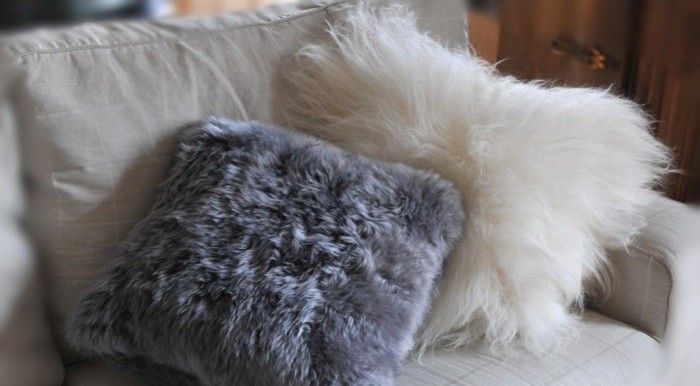- Esprit Nordique
- Esprit Nordique
- 0 likes
- 855 views

Wool is warm, soft, and light: it keeps you warm at the slightest chill.
I remember a gentleman’s remark during a shopping day. I was hesitating to buy a wool suit, afraid I wouldn’t be able to wear it often. This elegant man reassured me: “Madam, you will see that wool can be worn 10 months a year, and the well-being it provides is incomparable.”
His words convinced me. With climate changes, cool and damp days are still frequent. I never regretted that purchase: I wore my suit for 10 months a year. It was soft and fluid, and I wore it until it wore out.
With experience, I would say wool is comfortable up to 20°C, without ever feeling too hot. In cold, rainy months, even into June, wool is a delight: light yet perfectly warm.
How wool warms the body
Our body, a thermal powerhouse
The human body is like a thermal plant: it produces heat and moisture. Skin is fragile and must be protected.
The role of clothing
Clothing protects the body from external aggressions. It must help:
- evacuate moisture
- retain heat
- let the skin breathe
- protect the skin
- release excess heat
Wool as an insulator and thermal regulator
Sheep’s wool protects against heat up to 35°C and cold down to -20°C. Its crimped fibers trap up to 70% air, creating insulation.
Wool absorbs up to 30% of its weight in moisture while staying dry on the surface, transporting humidity outward by capillarity. This allows the skin to breathe. Wool even resists mold.
The fibers release gentle, steady warmth in contact with humidity, offering a dry, cozy sensation. Wool can also soothe rheumatism and sciatica.
The unique properties of wool
Wool breathes
Wool is not waterproof, but its open structure allows perspiration and vapor to circulate while insulating with trapped air.
Wool is odor-resistant
Proteins in wool fibers neutralize sweat bacteria. Simply airing wool items removes odors. Most wool garments wash at 30–60°C without shrinking. Wool is antistatic, does not attract dust, and stays clean with brushing.
Wool and pain relief
Wool’s antistatic properties provide pain relief by insulating nerves and enhancing thermotherapy. Scarves, socks, or belts in wool can soothe ailments.
Fine wool is soft
Wool softness depends on fiber diameter (microns). Above 28 microns, itchiness appears. Merino wool measures 15–25 microns: it doesn’t itch.
- Merino d’Arles: 19–23 microns
- Angora goat: 24–39 microns
- Alpaca: 15–30 microns
- Vicuña: 10–15 microns
- Cashmere goat: 14.5–16 microns
- Angora rabbit: 15–60 microns
Wool is fire-resistant
Wool ignites only above 600°C, does not melt, and self-extinguishes. Unlike synthetic fibers, it releases no toxic fumes.
Wool, a natural and sustainable material
Wool is renewable: it grows back after shearing. Sheep graze outdoors, and wool requires little energy to produce. It is 100% biodegradable and can enrich the soil as compost.
Don’t hesitate! Wool is soft, breathable, and warm. A natural comfort, protective and sustainable, for almost the entire year.



